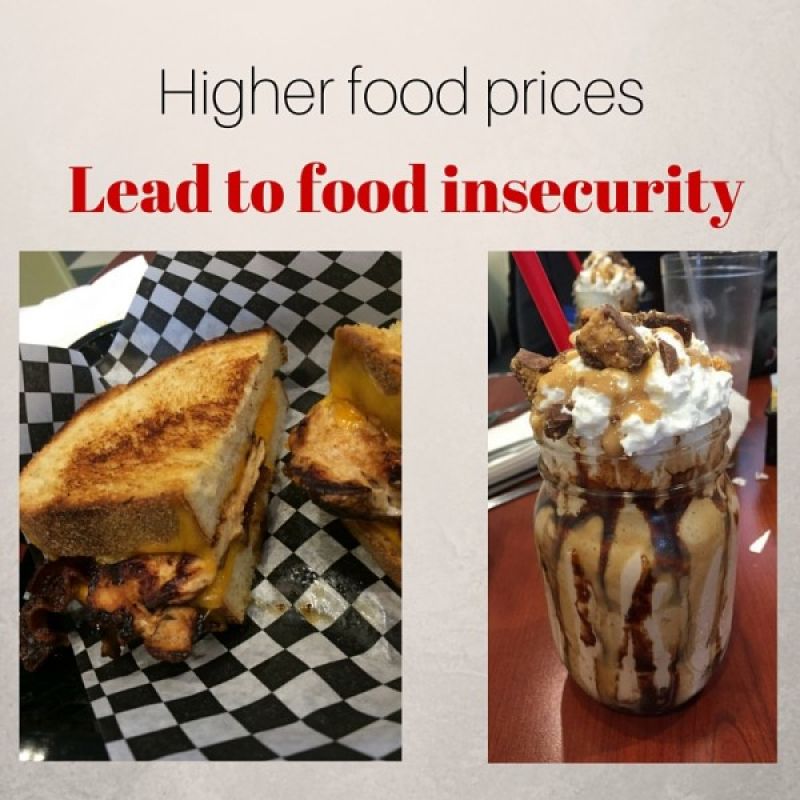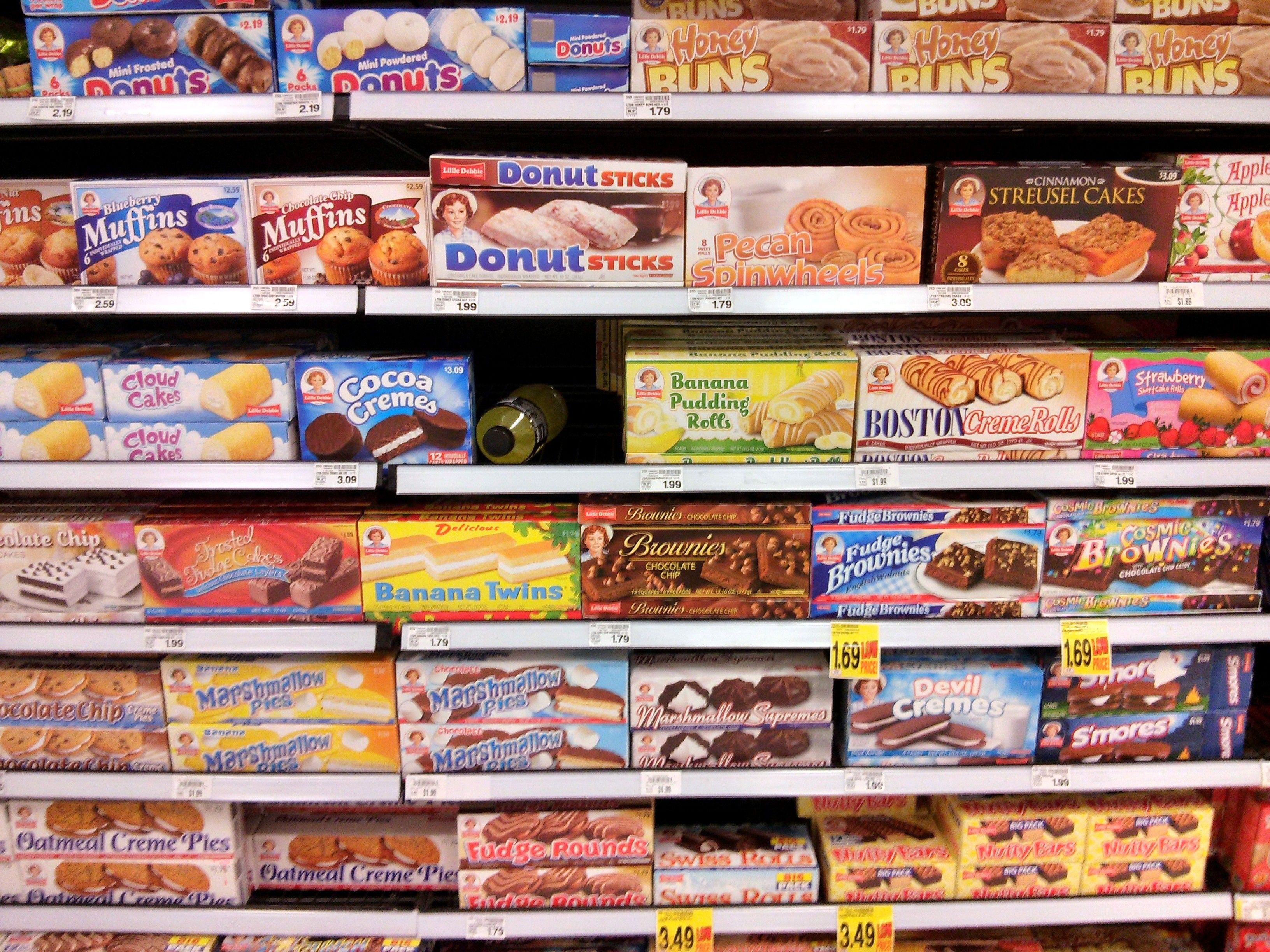
Graphic Designed by Moira Prior
For struggling single mom Martha Kenny, an EBT (Electronic Benefit Transfer) card is not enough to feed her and her three children nutritious food every month. An EBT card is a system for issuing welfare payments electronically, which recipients use to make purchases.
“When walking into the grocery store, I would like to buy everything, but with not much money, help options are limited,” Kenny said. “It gets tough for me when my kids complain about not having enough food in the house.”
A large number of people struggle with low income and access to adequate foods. This is called food insecurity. According to Feeding America, approximately 48.1 million Americans live in food insecure households, including 32.8 million adults and 15.3 million children.
Food insecurity is the most broadly-used measure of food deprivation in the United States.
The Supplemental Nutrition Assistance Program (SNAP), formerly known as food stamps, helps individuals who struggle with income and provides benefits for them.
Individuals who are food insecure do not necessarily benefit entirely from SNAP.
Buying cheap unhealthy options in a grocery store are enough to be considered food insecure.
Dr. Thomas O’Donnell, an assistant professor at Cabrini who teaches an Engagements in of the Common Good course about hunger in the world, is very passionate about helping close meal gaps. O’Donnell donates his time and energy into feeding the hungry in shelters and food pantries.
According to Center on Budget and Policy Priorities, The Obama Administration’s increased SNAP benefits by 13.6 percent in 2009 following the steep economic recession that faced the United States. That action resulted in an immediate stimulus to the economy while helping food insecure people cope with the needs of themselves and their families. As is normal, food costs (inflation) persisted so much that by 2011 about half of the benefit evaporated.
Although food prices continued to rise, in November of 2013 Congress lowered SNAP benefits for all recipients by about 5.5 percent. Not a pleasant Thanksgiving Day surprise for millions of families.
“The combination of continued food price increases and lower SNAP benefits delivers a double-blow to food insecure American families,”O’Donnell said.
A big factor of being food insecure is not being able to have access to nutritious fresh food.
“Recent research, however, indicates significant geographical variation in food prices throughout the United States. Indeed, there is greater variation in food prices across geography than over time—although, in the United States, the Supplemental Nutrition Assistance Program benefits are adjusted to reflect variation across time but not geography.” This is according to a new research study on how higher food prices increase food insecurity “Do High Food Prices Increase Food Insecurity in the United States?”
“Typically grocery stores are competing with each other so junk food is less expensive while healthier foods that are marked ‘organic’ are higher in price,” O’Donnell said.
About 27 percent of the residents just in the neighborhood around Hickman Temple, AME in West Philadelphia receive SNAP benefits. Almost all of the very low food insecure people reported that their food did not last an entire month, according to O’Donnell.
Mothers like Kenny with children on SNAP benefits face a daily emotional struggle. “When you don’t have many options in the house and your kids are saying ‘I don’t want to eat that.’ You want to give your kids everything they want and that is a big part of the struggle of not having enough money for food,” Kenny said. “To see smiles on my kids’ faces is what I live for.”



